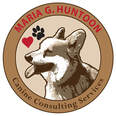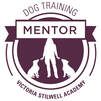A blog for all things dog-related: training, behavior, fun new doggie items, veterinary information and, of course, ways to enhance your relationship with your best four-legged friend!
1. Have dogs meet for the first time outside of the home, on neutral territory, so as to avoid any territoriality or spatial “comfort bubble” issues. If you can’t meet in a truly neutral space, like a park, going for a walk up and down your street together can still do the trick. Begin with some distance and let the dogs see and smell each other without getting right up in each other’s space. This may look a bit messy at first, as they may be pulling to try to get to one another, but if you just keep walking they will soon settle in. Praise your dog highly if he moves forward or checks in with you rather than trying to pull to or lunge at the other dog. And as they continue to walk and do well, you can gradually decrease distance. See my article Introducing Fido to Rufus: Dog-to-Dog Greetings, Pressure Free! for more tips on executing this. Multiple dog caveat: it’s more difficult and intimidating for a single dog to integrate into a multiple dog situation, since dogs that typically live together can develop a “pack” and are already comfortable with one another and the hierarchy they have set. Bringing a new dog into this situation can stir things up. So when introducing one dog to a multiple of dogs, it is best to do the introductions each individually at first (starting with the most laid-back dog in the multiple-dog group and working your way up to the most “intense” dog of the group). This will give each dog the chance to get to know one another a bit without the “strength in numbers” tactics. If each of the individual greetings goes OK, you can start adding one more dog at a time to the situation as all dogs are comfortable.** (see body language signals to watch for below) 2. If they do alright together on a walk, progress to off-leash play in your back yard (if you have one). This will gradually get you closer to having success in the house, since the yard is still the one belonging to one of the dogs but the space is more open than in a house (taking away some of the environmental pressure). If you do not have a fenced-in yard, go to step 3. 3. When dogs are going inside together for the first time, be sure to give them their space from each other a bit as they figure things out. This is where it may be helpful to have both dogs on leash with their humans at first, or keep dogs separated by a baby/pet gate, so they cannot pass one another’s threshold accidentally as they acclimate to the new situation. Each dog is different – it may take some dogs an hour to acclimate while it can take others a few days, and some dogs may be more tolerant of change than others. It’s important that you keep in mind your dog’s specific ability to self-modulate to keep him within his threshold for the duration of your stay/visitors’ stay. For the visitor dog, walk around the home with him and let him check things out. Doing this with you there for passive support will give him a chance to process any novel objects, smells, sounds, etc that are different from what he experiences in his own home. Providing him the ability to do this without the resident dog right on top of him will take off one layer of pressure and give him a better chance at settling in sooner. For the resident dog, this can help so he doesn’t feel it’s his job to go and “police” the new dog as he explores. While dogs will figure out where they lie with one another in reference to “their” items and space, it is still important that YOU set the boundaries for how you expect your dog to act and handle the new dog’s presence. Otherwise it’s very easy for a strong-minded dog to intimidate a more submissive dog and start out on the wrong foot. 4. If all this goes well, give the dogs time to be together for only small increments at a time, with you there to supervise and observe body language carefully. While it’ll be important that you act casual about their interaction (no standing over/hovering as this can give a very different signal to a dog!), you do want to be diligent about watching for signs of discomfort or conflict between dogs, as some signals can be quite subtle.
5. If the dogs look like they are beginning to get overwhelmed (or even if they are getting along fine, this is helpful to keep them getting along), separate the dogs and give them a chance to decompress from all the newness and dissipate their emotional energy. This can mean giving them each some time out on leash again, or putting one or all dogs in their crate (or just gated off) in a quiet back room where they are away from each other and all the action. It can help a dog relax to have some of his favorite “comfort items” like his favorite blanket or toys with him, so long as he can be counted on not to destroy them.
Please be aware, you should check on your dog periodically during this decompression time to ensure that his heightened emotional state doesn’t cause him to ingest things he shouldn’t, and so that he can get the passive support from you that lets him know he’s going to be OK. We want to make sure this decompression time does just that and lets him relax; we do not want to cause him further stress in an already-stimulating situation/environment. Giving the dogs a gradual, pressure-free introduction - as well as chances to interact but also have breaks from one another - will not only ensure that their arousal levels stay in a most productive state, where they will be less likely to react and more likely to feel comfortable. It will also fulfill that need for balance for both your dogs and for you as you visit with family and friends and enjoy the holiday!
0 Comments
Your comment will be posted after it is approved.
Leave a Reply. |
AuthorMaria Huntoon, CBCC-KA Archives
April 2020
Categories |
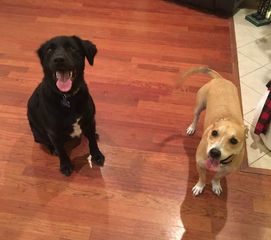
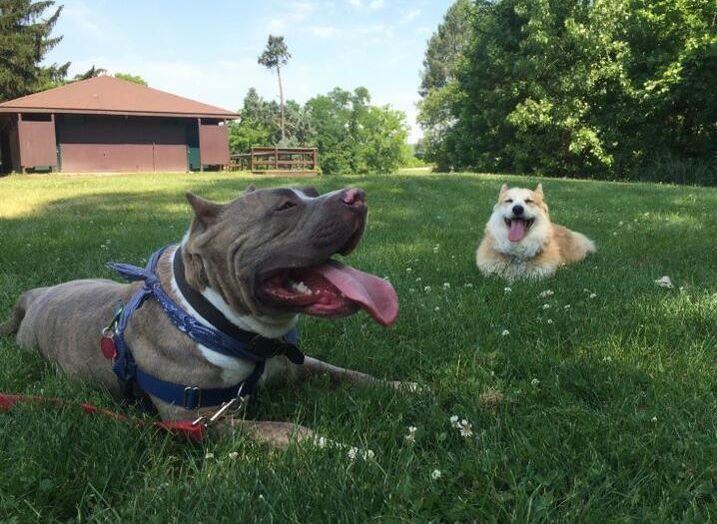
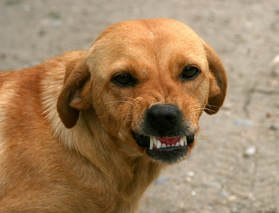
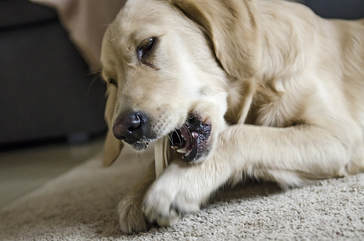
 RSS Feed
RSS Feed
